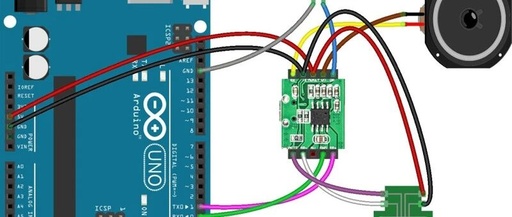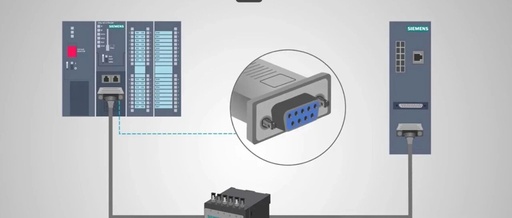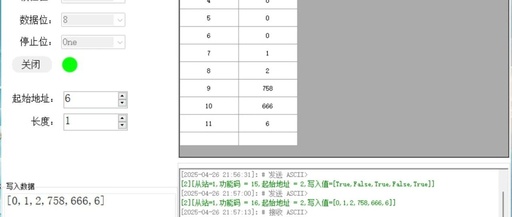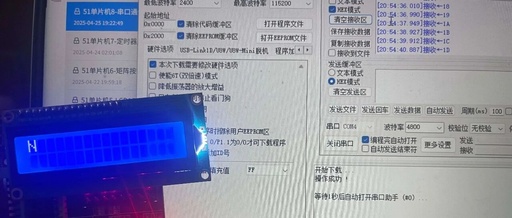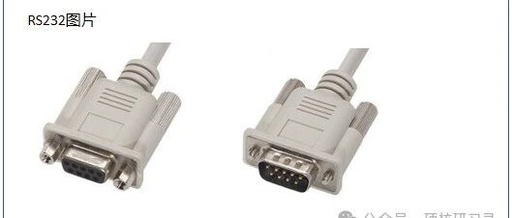How to Connect the HSC001 Audio Player Module with Arduino Development Board
Want to dive into the world of audio playback in electronic products? To help you get started, we recommend the HSC001 module. This is a 24-bit audio player with many excellent features: size, price, etc. You can use it for various purposes: playing music in elevators, generating sounds for various devices, and more. In this … Read more
